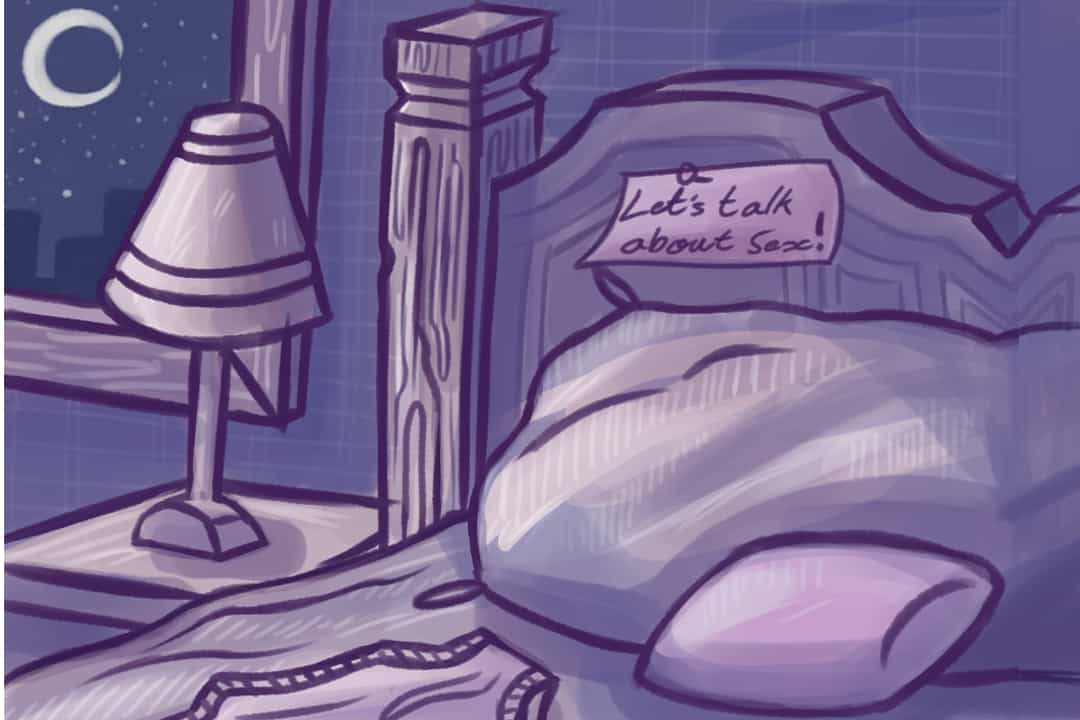Personally, the female orgasm has always been an experience that eluded all description. Sex gave me many different sensations, both physical and emotional, but I could not confidently point out which of them — or if it was all of them — was the capital “O” orgasm that people talked about.
At some point, the orgasm started to feel like a myth looming in the misty blue yonder, seemingly reachable but never really so. I did feel something and it was both abstract yet pronounced, carnal and spiritual.
Last March, I gained some new insight that has formed the basis of all my current understanding of the female orgasm. I have not seen anyone give a more apt explanation of the topic than Doris Lessing does through the life of her character Anna Wulf in The Golden Notebook.
Lessing distinguishes a vaginal orgasm from a clitoral one. She says that physically, the clitoral stimulation creates a far more powerful sensation than the vaginal one. Orgasms achieved in this way appear to be the kind that many people harp on about as one the criterion for determining whether sex is ‘good.’
In my sex life, there were only a handful of instances where I have had a clitoral orgasm. The reason is simple. The process it requires is intrusively mechanical, something very unwanted in sex for me. Some keywords that can be associated with it are ‘technique,’ ‘fingering,’ and ‘dexterity.’ Clitoral orgasms can be achieved even if you’re not in love. Heck, they can be achieved without a partner, and might even be more powerful with the use of a toy.
This is why Ella, Anna’s alter ego in The Golden Notebook, feels that a part of her always resents clitoral orgasms, even though they physically excite her. When one individual resorts to external manipulations, it creates a sense that they do not want to wholly and completely commit. And, in my opinion, it does not matter whether they do so consciously or not.
Of all the expressions that can be used to describe intercourse, I like “love-making” the most. It represents exactly what I look for in sex. I believe that love is an active decision. It is a fully intended ‘yes-sayingness’ to the person whom one loves. You say, “Yes, I invite you into my life. Yes, I will take responsibility for you as I do for myself. Yes, I commit to you. Yes, because I want you. Yes, because I need you.” Thus, to make love is to translate such a ‘yes’ into palpable action: to be able to see them, feel them, touch them.
This translation is pivotal in bringing about deep emotional connection between a couple during sex. This precise emotion is what Lessing assigns to the vaginal orgasm. Physically, internal stimulation feels like a dark embrace with a whorling, warm-bodied python. It is rather muted. Softly immersive. What is important, however, is a man’s desperate thrust of his body onto the woman’s body, expressing his need for her.
To re-emphasize Lessing’s words, heterosexual sex “is when a man, from the whole of his need and desire, takes a woman and wants all of her,” and this then allows her to experience a real orgasm. This is the foundation of the female orgasm.
There have been nights when I have had tears flowing down my cheeks as I made love. Overwhelmed and trying to calm both of our confused hearts, I groped at words to explain my tears. I only managed to say that they were coming from a warm and good place, but to say those words weren’t fully representative of what or how I was feeling. Now I know clearly. I have been fortunate to make great love.


